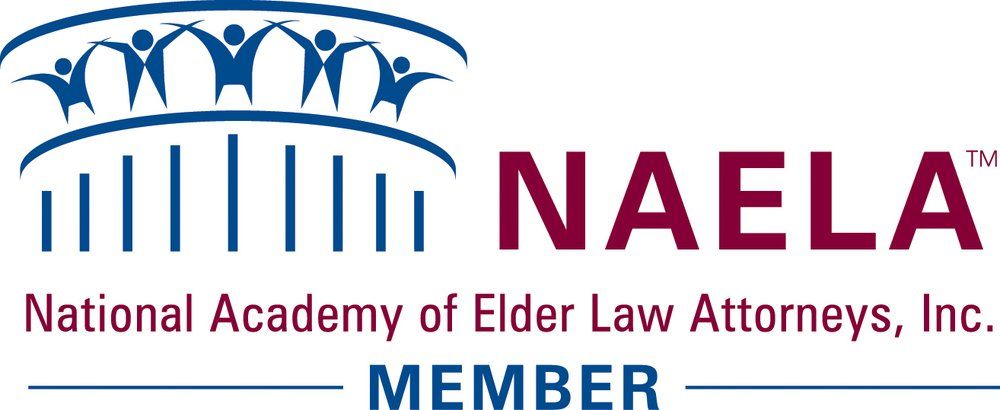HOW CAN WE HELP?
PRACTICE AREAS
AWARDS & ASSOCIATIONS
FOLLOW US
How SECURE Is Your Retirement Planning?
On December 20, 2019 President Trump signed into law the Setting Every Community Up for Retirement Enhancement (“SECURE”) Act. The SECURE Act is one of the more significant pieces of legislation to affect retirement plans in recent years. The SECURE Act makes notable changes to how individual retirement accounts (“IRAs”) and certain other retirement benefits will be treated post-death.
At the heart of the SECURE Act is a mandated payout of many plans in about 10 years after the plan owner dies. This provision eliminates the so-called “stretch provision” for most non-spouse beneficiaries of inherited IRAs and other retirement accounts. Previously, non-spouse designated beneficiaries could take distributions over their entire life expectancy. This afforded attorneys the ability to establish trusts that would make annual contributions to its beneficiaries. The SECURE Act now limits this distribution time frame to just 10 years. What is important to note is that there is flexibility within the 10-year time period as to when funds are dispersed (i.e., equal annual payments, or one large lump sum at the end of the 10 years); however, certain types of trusts that have been drafted to serve as beneficiaries of retirement accounts may find that they’re no longer able to make annual distributions to the trust under the new rules (only to have both the IRA and trust liquidated at the end of the 10-year timeframe).
This new 10-year rule applies to beneficiaries who inherit in 2020 or when the account owner dies in 2020 or thereafter. Also, this new 10-year rule does not apply to certain designated beneficiaries: spousal beneficiaries, disabled beneficiaries, chronically ill beneficiaries, individuals who are not more than 10 years younger than the decedent, and minor children (but only until the age of majority). For minor children, the 10-year rule will, however, begin tolling when they reach the age of majority. For these eligible beneficiaries, the same rules that applied to them before the SECURE Act was enacted will continue to apply in 2020 and beyond. The Act also includes many favorable provisions for Special Needs Trusts.
The SECURE makes other significant changes, including the following:
- It lifts the restriction on making contributions to traditional IRAs after the age 70 ½;
- It creates an age increase for the onset of required distributions from age 70 ½ to age 72;
- It does not change the age at which an individual can make a Qualified Charitable Distribution from their IRA, which remains at age 70 ½ but now creates a 1- or 2-year window where IRA distributions might qualify as charitable contributions, but not as RMDs so long as they have not begun;
- It includes an allowance for a penalty-free distribution of up to $5,000 for a qualified birth or adoption;
- It establishes an increase in the tax credit available to small businesses when establishing a retirement plan and a tax credit for small businesses that adopt an auto-enroll provision in their retirement plans; and
- It expanded provisions for 529 college savings plans to be used for apprenticeships and up-to-$10,000 of student loan repayments, and a series of Tax Extenders for the mortgage insurance premium deduction and the higher education tuition and fees deduction.
As you can see, the SECURE Act makes numerous changes to the rules regarding retirement plans. The largest impact is to non-spouse beneficiaries of inherited IRAs and other retirement accounts currently planning to receive funds beyond the new 10-year limit. We are reviewing with our clients how the SECURE Act will affect existing estate plans and will share more information and recommendations in the coming weeks. Please feel free to send us an email or give us a call at (205) 802-0696 if you have any questions or concerns.
The post How SECURE Is Your Retirement Planning? appeared first on Carney Dye, LLC.




